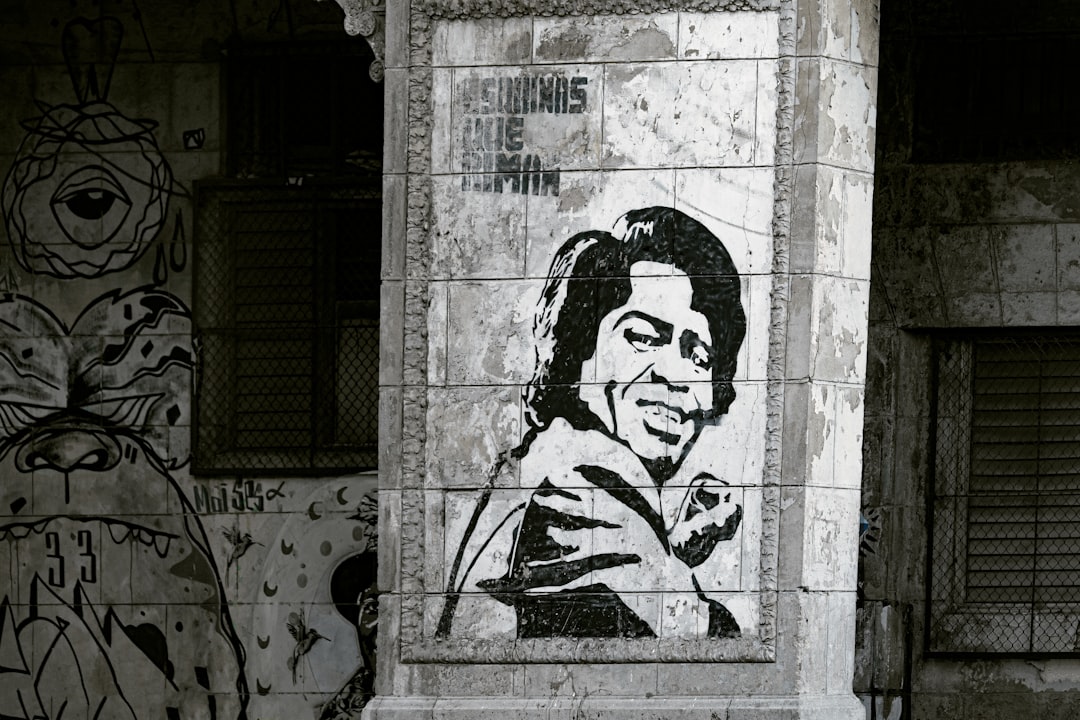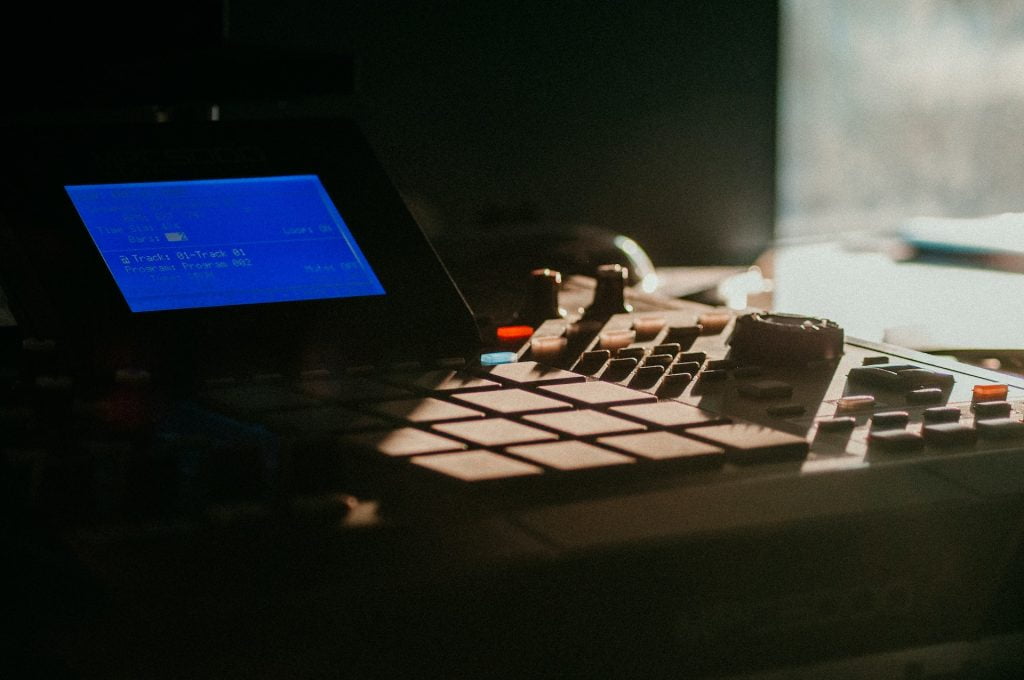Sampling has been an integral part of the evolution of music for decades.
It’s a practice that has revolutionized the way we experience and create sound, but it isn’t without controversy.
In this article, I will explore the history of sampling in music and provide insight into how it has shaped popular culture as we know it today.
Let’s dive right in and explore the fascinating history of sampling!
What is Sampling?

Sampling is the practice of taking audio from existing sources, manipulating it, and using it as part of a new composition.
It is a technique that has been used in music for decades, with origins dating back to the early days of musique concrète. Over time, sampling became more prevalent in popular music — particularly hip hop, where James Brown’s influence on the genre was undeniable.
In modern times, sampling remains an integral part of many genres including hip hop and EDM. It has revolutionized how we experience and create sound, but it’s also caused some controversy due to copyright laws.
Despite all this, sampling continues to be an important part of how we make music today.
The Pre-Sampling Era in Music
Before sampling technology had been developed, there was a rise of genres such as soul and jazz, which consisted of heavily improvised sound.
Musicians relied on their own creativity and skill to create unique sounds that could be repeated and built upon. It was an exciting time for music; no two songs sounded quite the same and experimentation was encouraged. This era influenced later generations for its depth and character.
Pierre Schaeffer and Musique Concrète
Pierre Schaeffer was a revolutionary figure in the history of music. His musique concrète style of composition made waves in the 1940s and 50s, paving the way for the sampling era we know today.
Schaeffer was a French composer and sound engineer who experimented with manipulating pre-recorded sounds to create his own unique compositions. He is credited as being one of the first to explore tape manipulation, which became one of the most essential aspects of sampling technology.
Musique concrète is often seen as the precursor to modern music production techniques, and its influence can still be heard in many genres today.
James Brown and the Soul Records Influence

The influence of James Brown and the Soul Records label on the history of sampling in music cannot be overstated.
As one of the godfathers of funk, James Brown was a pioneer whose work heavily influenced hip hop producers throughout the late 70s and 80s. From his pioneering use of breakbeats to his creative manipulation of drum samples, James Brown’s approach to production has been highly influential for generations.
The driving force of his work was Soul Records, which famously produced classic hits like ‘Funky Drummer’ that featured Clyde Stubblefield. This track is often cited as one of the most sampled songs ever, with its iconic drum breaks appearing in countless rap tracks from Public Enemy to Dr Dre.
The impact that Soul Records had on modern hip hop is undeniable — with their extensive catalogue providing an invaluable source for producers looking to craft their own unique sound.
Sampling Technology and Its Impact on Music
Sampling technology is commonly found in all genres of music, from hip hop to rock and beyond. It allows artists to create unique sounds that weren’t possible before and gives them unprecedented creative freedom when it comes to crafting their own musical pieces.
The first revolution in sampling technology was the Fairlight CMI.
The Fairlight CMI
The Fairlight CMI is a revolutionary piece of sampling technology that has forever changed the way we make music.
This groundbreaking device was first released in 1979 and enabled musicians to manipulate and craft their own unique pieces of music. The Fairlight CMI quickly gained traction among popular artists such as Peter Gabriel, Kate Bush, Herbie Hancock and Jean-Michel Jarre, who all used the device to create iconic tracks.
Since its release, the Fairlight CMI has been an invaluable tool for producers and composers alike, who have utilized it to create a vast array of musical styles – from jazz fusion to hip hop. Its sheer versatility has made it one of the most sought-after pieces of studio equipment over the past four decades.
The Fairlight CMI’s influence over music production cannot be understated; its pioneering sampling capabilities have pushed artists to explore new sonic boundaries and opened up a world of creative possibilities that were previously unimaginable.
The E-MU SP-1200 Drum Machine
The E-MU SP-1200 Drum Machine is one of the first mainstream sampling tools that had an immense influence over the music production landscape.
Released in 1987, this powerful device was the first to offer musicians the ability to sequence and sample sounds at a professional level. It quickly gained traction among hip hop producers, who used it to craft their own unique beats and breakbeats.
The SP-1200 enabled producers to break down drum samples into individual parts — allowing them to create complex rhythmic patterns with unprecedented control. This opened up a whole new world of sonic possibilities, including the development of the now ubiquitous ‘West Coast Hip Hop’ sound.
Since its release, the SP-1200 has been an invaluable tool for producers and composers alike. Its pioneering sampling capabilities have pushed artists to explore new creative boundaries, making it one of the most sought after pieces of studio equipment over the past four decades.
Sampling and Its Impact on Copyright Law
As sampling in music has become increasingly popular, complex copyright issues have emerged.
The use of samples from other artist’s work without permission is considered copyright infringement, and it is important to consider the legal implications of using samples. For example, when James Brown and Soul Records published their work, they were unaware that they would become so widely-sampled by later hip hop producers. This has led to a number of debates around the impact that sampling has on copyright law, particularly when it comes to digital production.
It is important for producers to be aware of the legal implications of sampling and ensure that any material used is free from copyright or permissions are obtained from its original creators. There may also be a need for new laws and regulations surrounding digital production in order to protect both creators and consumers.
The use of sampling requires careful consideration and understanding of copyright law in order to prevent any legal issues from arising. As technology continues to evolve, there will likely be an increased need for legislation regarding sampling in order to ensure fair compensation for all involved.
As the music industry continues to develop, so too must the laws surrounding it. This is especially evident in the landmark case of Grand Upright Music, Ltd. v. Warner Bros. Records Inc., which changed the face of sampling rights forever.
Grand Upright Music, Ltd. v. Warner Bros. Records Inc.
In this case, Biz Markie used a sample from Gilbert O’Sullivan’s song “Alone Again (Naturally)” without obtaining permission. He was found guilty for copyright infringement. This set a precedent that producers and artists need to obtain permissions for any samples they use in order to avoid legal issues and ensure everyone involved is fairly compensated.
Prior to this case, artists were unaware of the legal implications of sampling, but now it is essential that anyone who is creating digital music understands their rights and responsibilities under copyright law.
Modern Day Sampling in Music
With the help of digital audio workstations, sampling is accessible to more producers than ever.
This has exploded the growth of the technique in today’s music. For example, in 2022, 17% of all Billboard top songs included samples from other music. This is not to mention the songs that sampled from other sources!
It’s clear that sampling has become a staple in popular music, but it’s also created some controversies.
Sampling Criticisms in Modern Music
There’s no denying that sampling has opened up a whole new world of creativity and sound design possibilities. However, with the rise of sampling in commercial music, there are many who criticize its creativity.
Some critics view sampling as unoriginal and uninspired; others view it as theft; and some view it as lazy.
Ultimately, the art of sampling is broad and has various applications. It can be simple or complex, unoriginal or innovative. The choice to sample is up to the producer and the requirements of the project.
